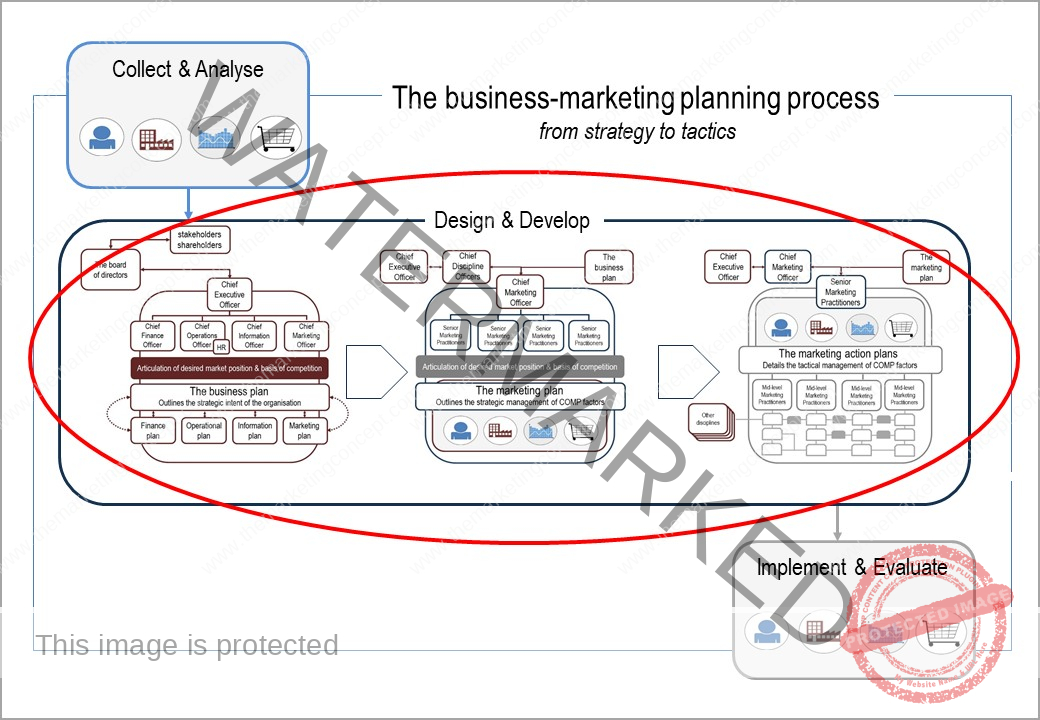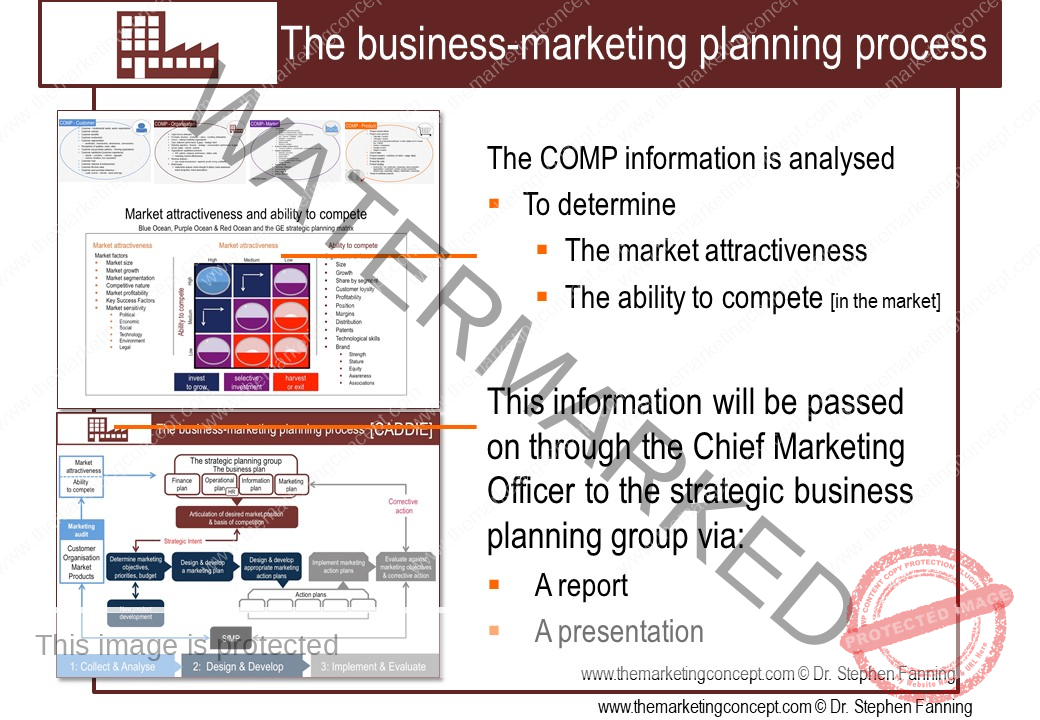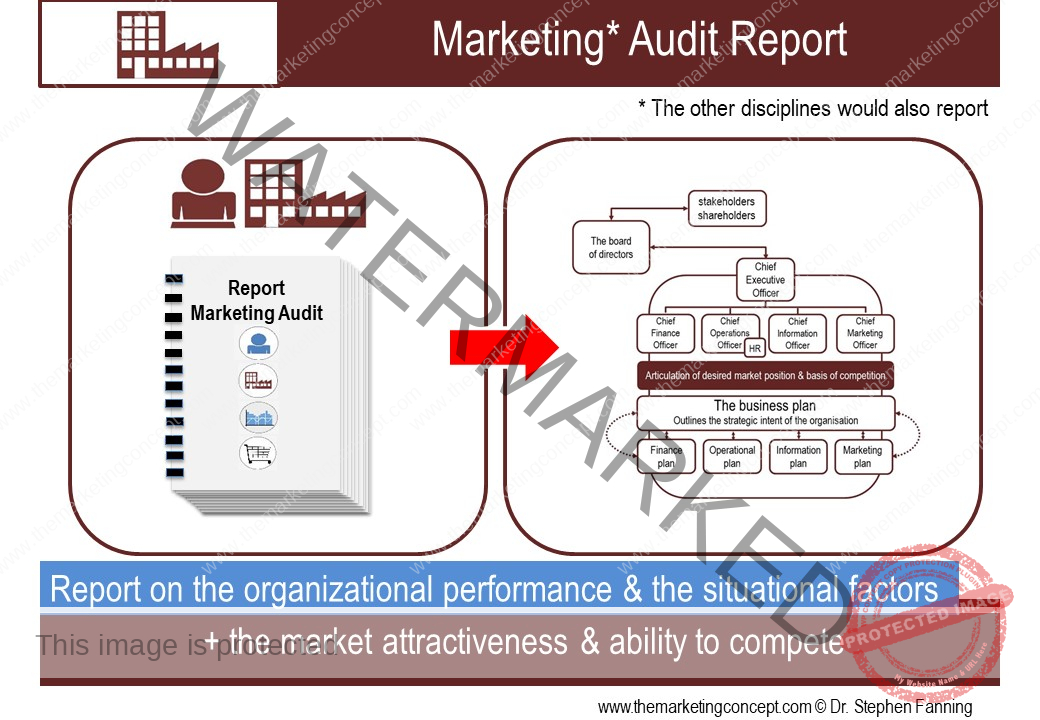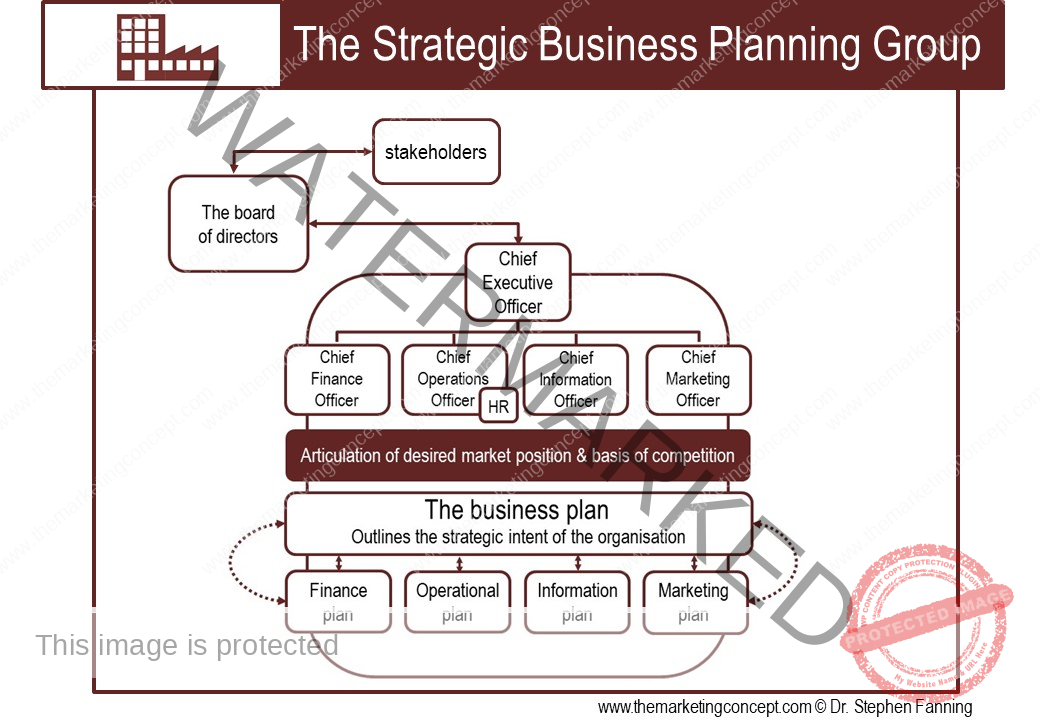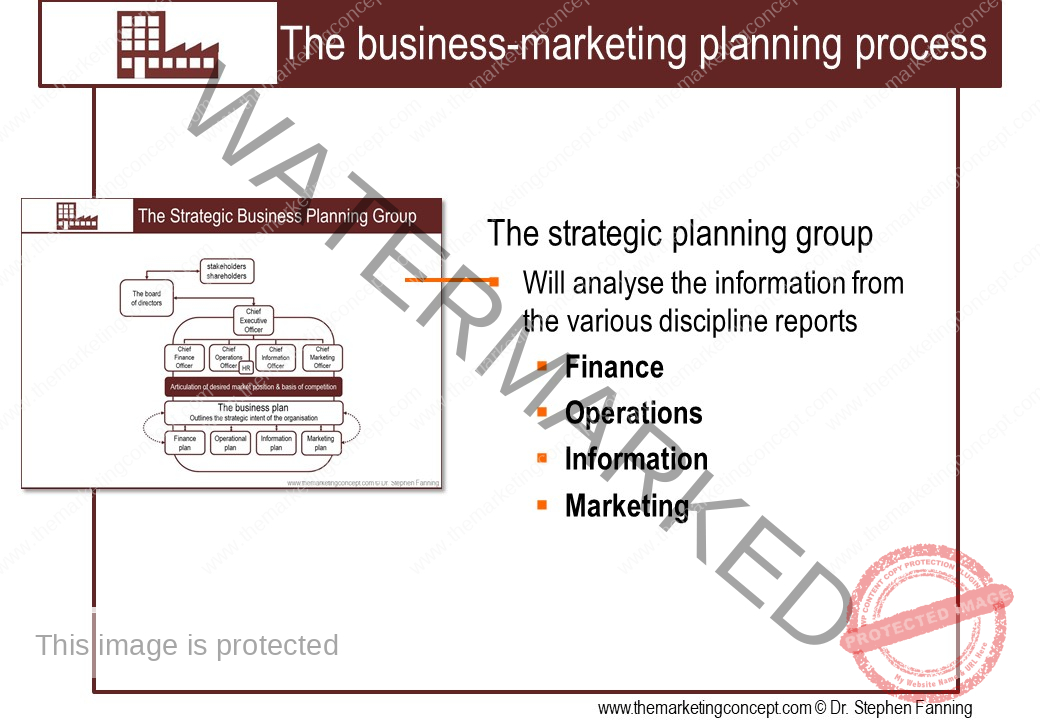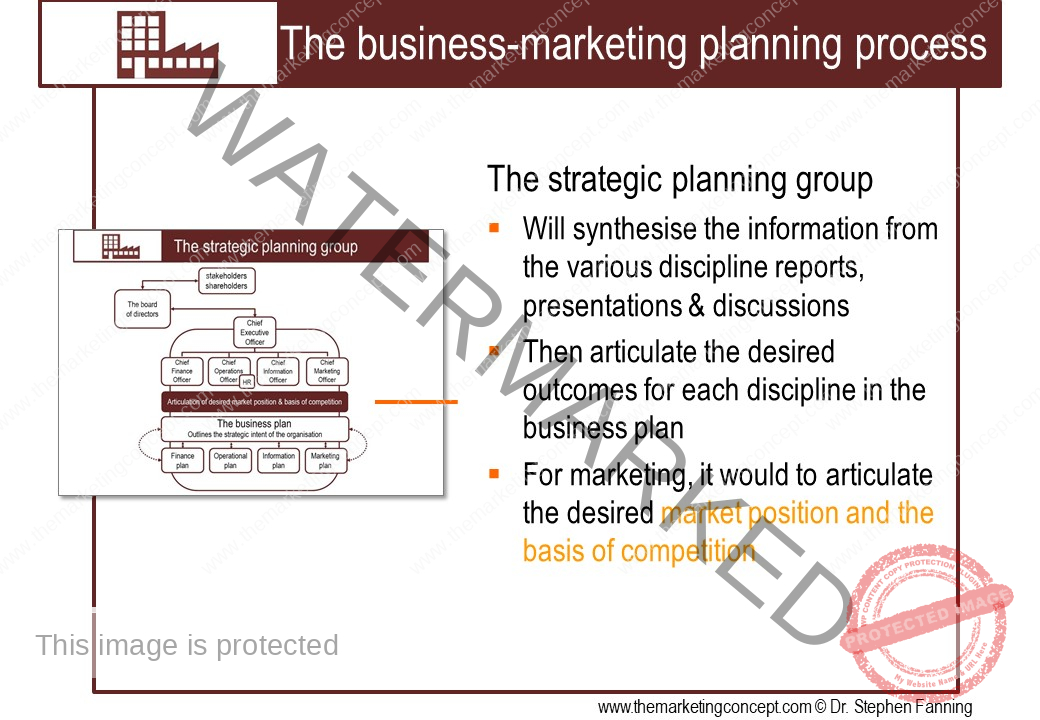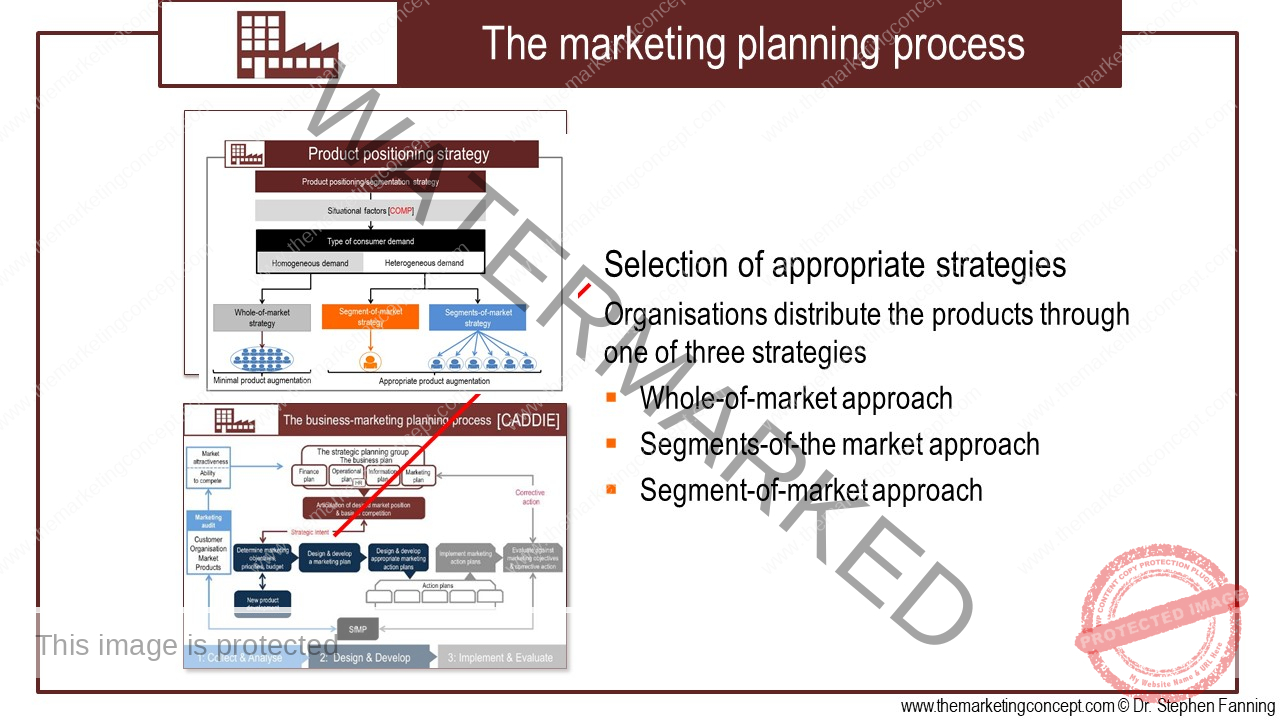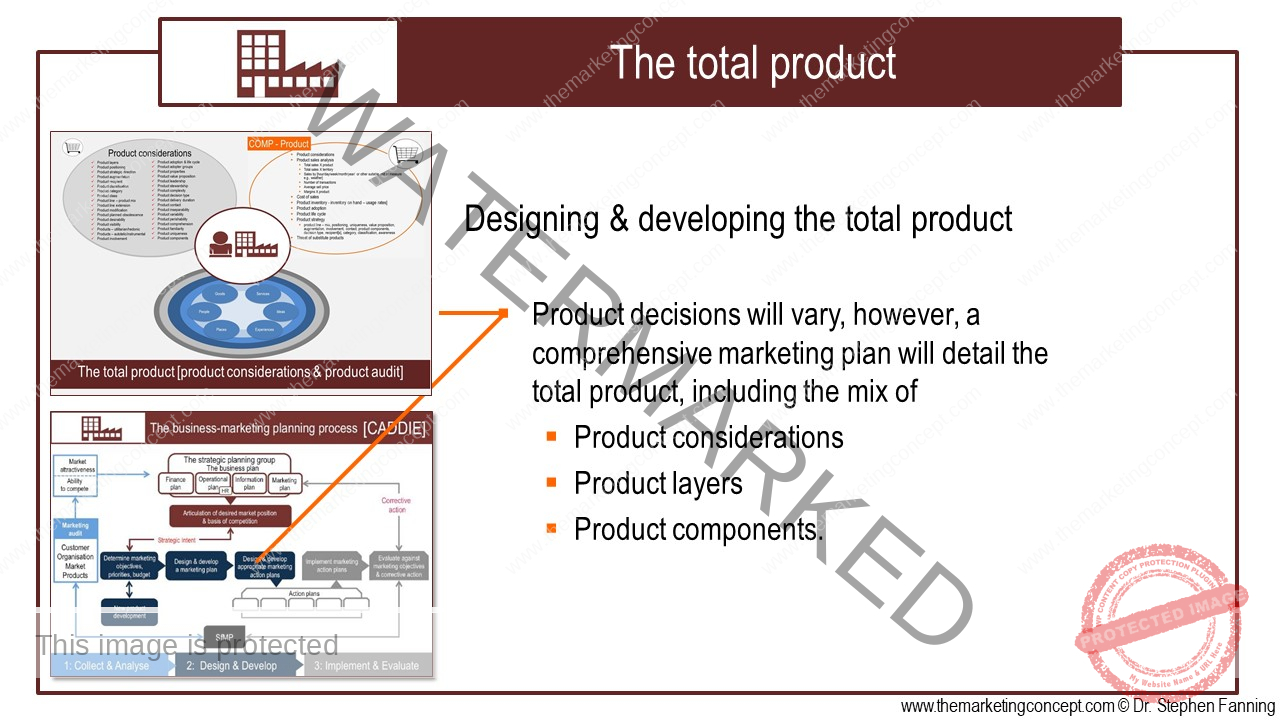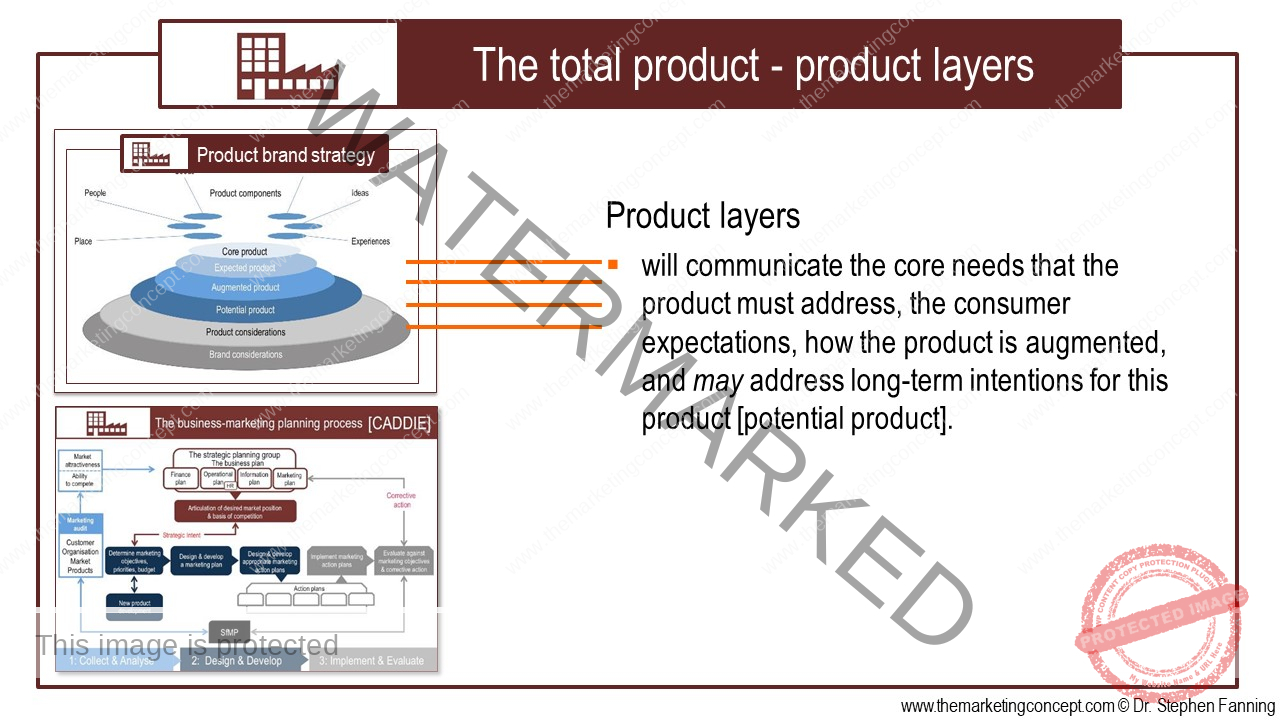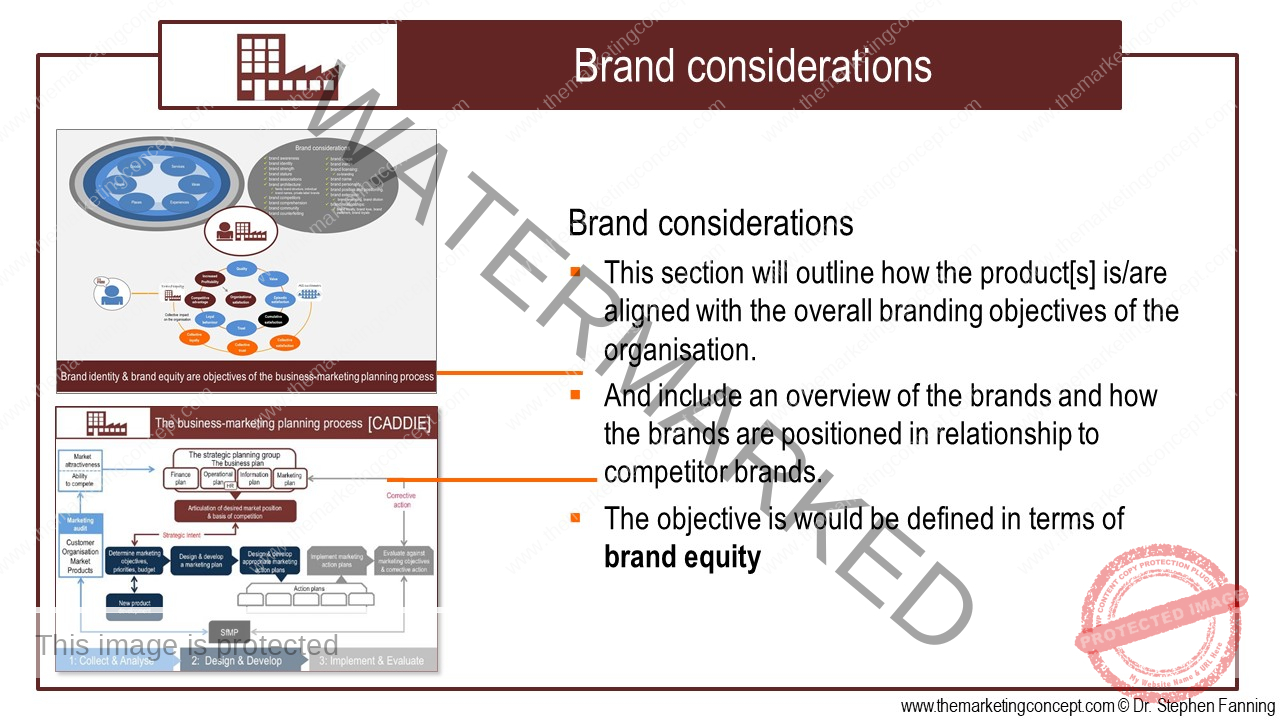there is an old saying ‘if you fail to plan – you plan to fail’
In section 2 of the e-book we explored marketing theory – arranged around the 3 mega-marketing concepts. An understanding of marketing theory is necessary to conduct a marketing audit and report the findings. In addition, marketing theory provides a common language for discussion and a theoretical framework for strategic thinking. Strategic thinking is both science and art that explores the organisation as it is and as it could be.
From our earlier discussions, we may conclude that a marketing audit is not necessarily an activity undertaken during a crisis or as a result of a change in management but as a regular and routine part of the business-marketing planning process.
There are significant benefits to organisations that are prepared to comprehensively audit their marketing performance and apply this knowledge in the preparation of the business plan and the discipline plans and discipline action plans.
Once the collecting and analysing process has been completed and the report has been presented to the executive team the next step for marketing practitioners is to design and develop the marketing plan and the marketing action plans. This process will vary from organisation to organisation, however, designing and developing a marketing plan begins with the articulation of the desired market position and the basis of competition – this is also referred to as Strategic Intent:
- Which customers to serve
- What products to compete with
- How to compete
- Where to compete
- Whom to compete with
The articulation process ensures that the business plan and the marketing plan are congruent. The marketing plan is a strategic document; it will provide the directions for the tactical action plans of various marketing departments/functions.
Author’s comment: During the research for section 3 of themarketingconcept [e-book] over 140 business people were interviewed. The organisations ranged from small and medium sized to much larger [and well known] enterprises – all would be classified as successful. During the conversations it became apparent that perceptions of the business-marketing planning process varied greatly. Overwhelmingly, there was agreement as to the importance of business planning; however, in some instances, the business-marketing planning process, the crafting of the marketing plan, and the role of marketing action plans was not fully understood, or, the process was not fully understood.
Reflecting on these conversations I concluded that organisations that document and implement a business-marketing planning process have a clearer vision of organisational objectives.
With this gap in marketing knowledge recognised, it seemed prudent to outline in the e-book, in a step by step process, how marketing practitioners undertake the business-marketing planning process The steps in this process can be remembered by the acronym CADDIE – collect and analyse, design and develop, implement and evaluate.
Keep in mind, the business-marketing planning process is a component of the business planning process; therefore the marketing plan needs to be congruent with the business plan and the discipline plans – the business-finance, business-operational, business-information plans.
Therefore, the chief marketing officer [and the marketing team] will craft the marketing plan and the marketing action plans to achieve the objectives outlined in the business plan. Furthermore, the business-marketing planning process will vary according to the customer, organisation, market, and products [COMP factors].




